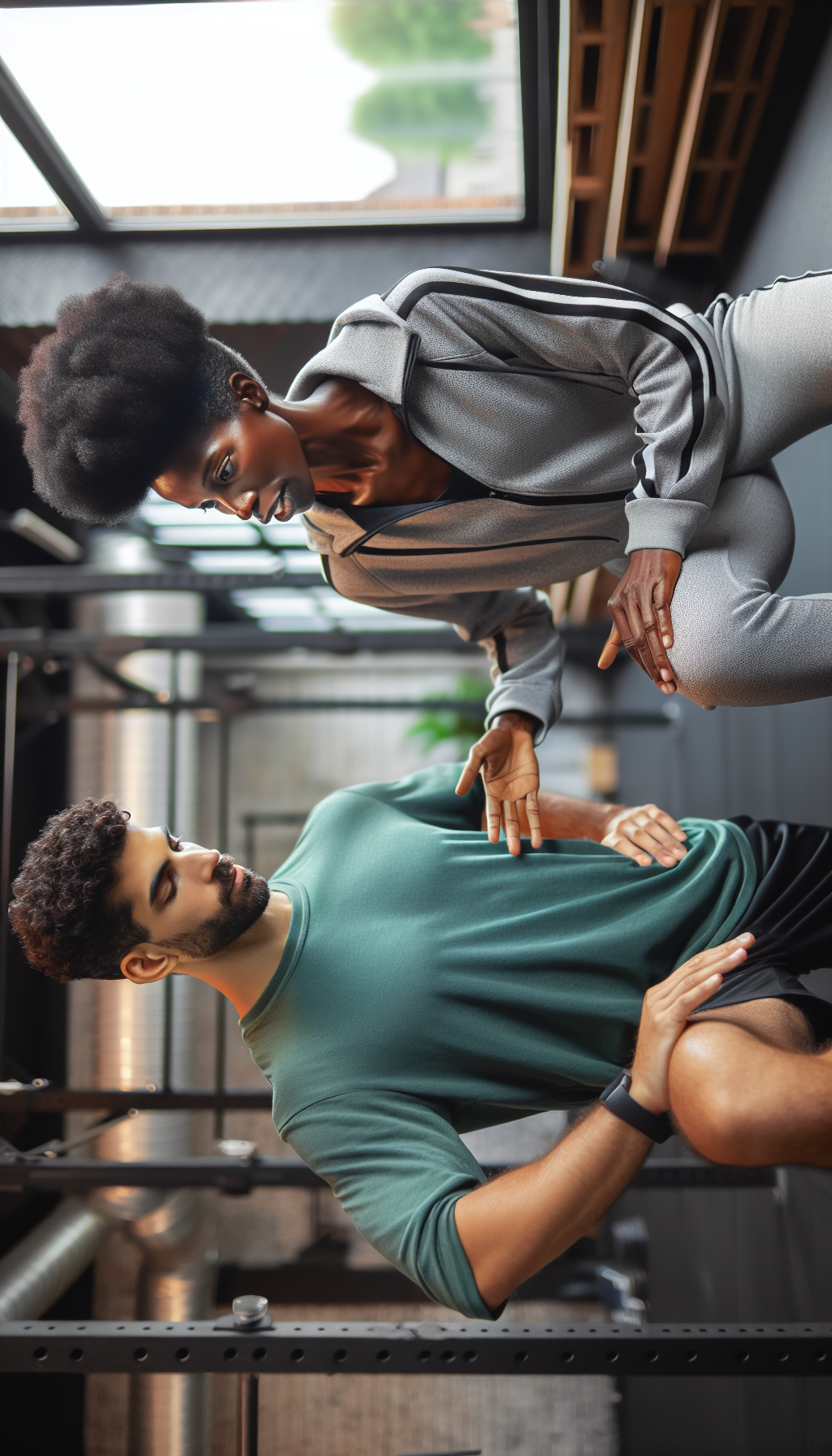Mobility work is an essential component of a well-rounded fitness routine, yet it is often overlooked in favor of more high-profile training methods like strength training or cardio. However, the benefits of incorporating mobility exercises into your fitness regimen are vast, including improved performance, reduced injury risk, and enhanced overall well-being. In this comprehensive article, we’ll delve into the importance of mobility work, how it complements other aspects of fitness, and practical ways to integrate it into your routine.
Understanding Mobility and Its Importance
Mobility refers to the ability of your joints to move freely and without pain through their full range of motion. This is not to be confused with flexibility, which is the length of a muscle. Good mobility contributes to performing functional movements with greater ease and less strain on the body.
Benefits of Mobility Work
Mobility exercises contribute to a variety of health and fitness improvements:
- Enhanced Athletic Performance: Better joint mobility allows for more efficient and powerful movements.
- Injury Prevention: Mobile joints are less prone to strains and sprains due to better load distribution during activity.
- Increased Muscle Coordination: Improving mobility can lead to more synchronized and effective muscle contractions.
- Posture Improvement: Mobility work often targets the spine and hips, which are crucial for maintaining good posture.
- Pain Reduction: Regular mobility exercises can alleviate chronic pain, especially in areas like the lower back and shoulders.
For an in-depth look at the interplay of different health aspects and fitness, read about Fitness and its comprehensive role in our well-being.
How Mobility Work Complements Fitness and Health
Incorporating mobility work into your fitness routine can enhance other areas of training. For example, improved hip and ankle mobility can lead to a more stable and deeper squat, which is beneficial for both strength training and functional daily movement. Additionally, mobility work can complement cardiovascular training by allowing for more fluid and effective movement patterns, reducing the risk of overuse injuries.
Integrating Mobility into Your Routine
There are various ways to incorporate mobility work into your fitness routine:
- Dynamic Warm-Ups: Begin your workouts with dynamic stretches that mimic the movements of your upcoming activity. This prepares your joints for exercise and reduces the risk of injury.
- Active Recovery Days: On rest days, focus on gentle mobility work to maintain joint health and expedite muscle recovery.
- Yoga and Pilates: These disciplines are excellent for incorporating mobility training into your routine. They focus on controlled movements that enhance joint range of motion.
For those interested in learning more about how yoga enhances muscular recovery and flexibility, explore the article Using Yoga to Enhance Muscular Recovery and Flexibility.
Mobility Exercises to Try
Here are some mobility exercises to get you started:
- Hip Circles: Stand and lift one knee to hip level, then rotate the hip in a circular motion.
- Cat-Cow Stretch: On all fours, alternate between arching your back upward and dipping it down to stretch the spine.
- Shoulder Pass-Throughs: Using a resistance band or broomstick, hold it with a wide grip and pass it over your head and behind your back to stretch the shoulders.
Resources for Mobility Training
To deepen your understanding and practice of mobility work, consider these high-quality resources:
- MobilityWOD: Provides tools and education on improving mobility for fitness and daily life.
- GMB Fitness: Offers tutorials and programs focused on bodyweight training and mobility for everyday movement.
The Science Behind Mobility Work
Research has shown that mobility work can improve the viscoelastic properties of muscles and tendons, enhancing overall movement quality. Additionally, regular mobility exercises can increase synovial fluid in the joints, which acts as a lubricant and reduces wear and tear.
For a deeper scientific exploration of how mobility impacts health and fitness, The Science Behind Muscle Recovery and Rest Days offers valuable insights into the restorative processes of the body.
Common Misconceptions About Mobility Work
There are several misconceptions surrounding mobility training:
- It’s Only for Athletes: While athletes can greatly benefit from mobility work, it’s vital for anyone looking to maintain functional movement throughout their life.
- It’s the Same as Stretching: Unlike static stretching, mobility work often involves dynamic movements that prepare the joints for a range of activities.
- It Doesn’t Contribute to Strength Gains: On the contrary, proper mobility can lead to more effective strength training sessions and improved muscle activation.
How to Assess Your Mobility Needs
Assessing your mobility needs is an individual process that can be guided by a fitness professional or through self-assessment tools. Pay attention to areas of tightness or discomfort during your workouts, as these can indicate a need for targeted mobility work.
Working with a Professional
A personal trainer or physical therapist can provide a thorough assessment and create a customized mobility plan. They can also ensure that you’re performing exercises correctly to maximize their benefits.
For those looking to enhance their workout routines with professional guidance, The Role of Personal Trainers in Achieving Fitness Goals is a must-read.
Conclusion
Mobility work is a critical, yet often neglected, aspect of fitness and health. By incorporating it into your routine, you can enjoy a wide range of benefits that extend beyond just improved athletic performance. Whether you’re an athlete, a weekend warrior, or someone looking to maintain an active lifestyle, mobility exercises can help you move better, feel better, and live better. Remember to consult with a professional when in doubt, and take advantage of the wealth of resources available to aid in your mobility journey. Your body—and your future self—will thank you.



